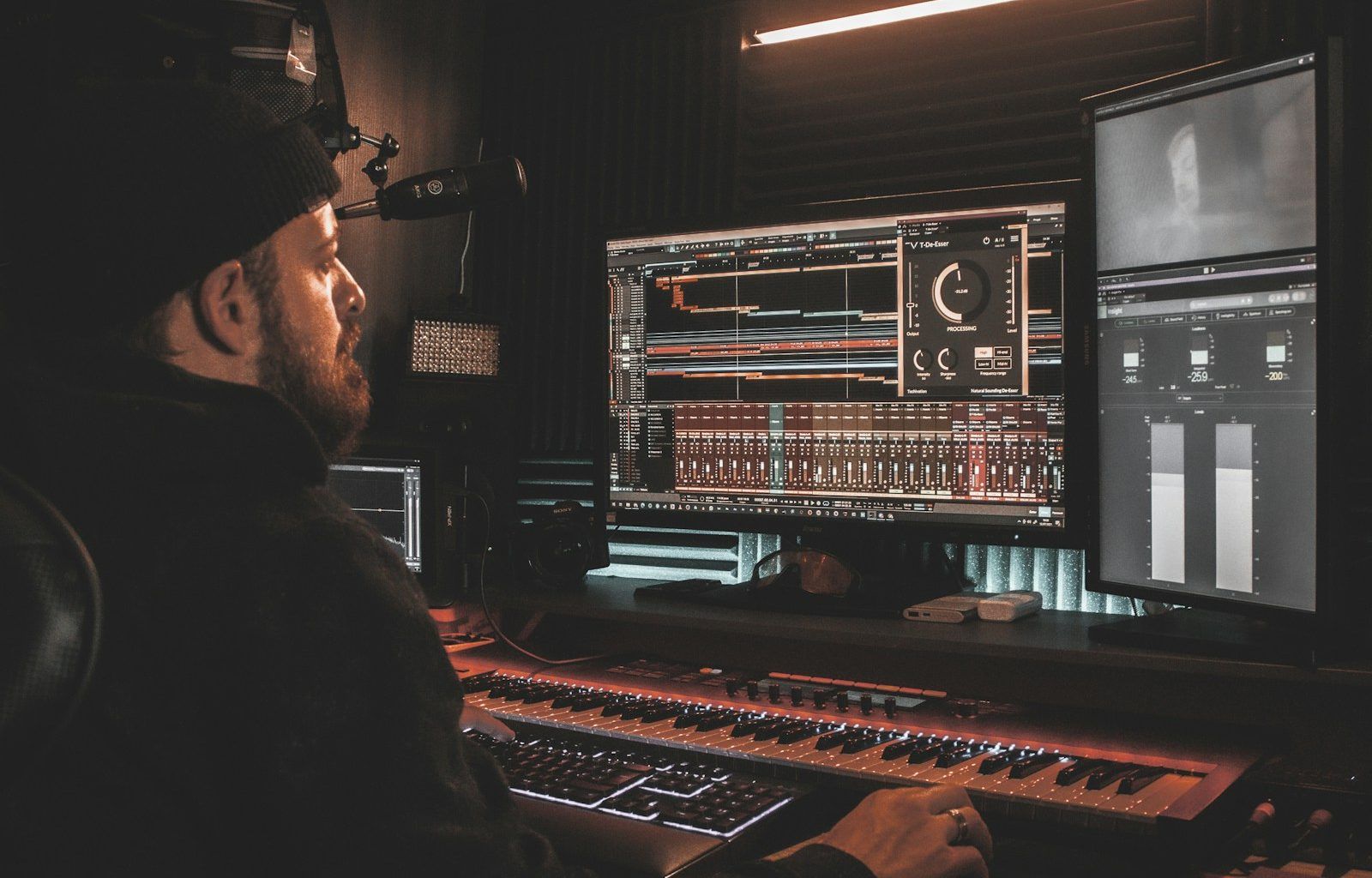The music industry has undergone a seismic shift over the last decade. Gone are the days when artists had to rely solely on labels to reach their audience. Today, you can distribute your music on all digital stores without a label and connect with listeners worldwide. Thanks to technology and evolving platforms, the power is now in your hands.
This guide will walk you through the steps, tools, and tips to help you take full control of your music career. If you’ve ever dreamed of putting your songs on Spotify, Apple Music, Amazon, and other digital platforms, this is for you. And don’t worry — we’ll keep it simple and actionable.
Why Distribute Music Independently?
Choosing to distribute your music without a label comes with several benefits. For starters, you have complete control over your creative work. You decide what songs to release, when to release them, and how to promote them. Plus, you get to keep a larger share of your earnings, as you’re not splitting royalties with a label.
Another reason is flexibility. Labels often require contracts that can bind you for years. As an independent artist, you’re free to experiment, collaborate, and explore various genres or strategies. This freedom allows you to build a career that reflects your authentic self.
Finally, technology has made independent distribution incredibly accessible. With just a few clicks, you can upload your tracks and see them go live on platforms like Spotify, YouTube Music, and Deezer. Let’s dive into how you can do it.
Step 1: Create High-Quality Music
Before you think about distribution, focus on the foundation: your music. High-quality songs are essential if you want to stand out in the crowded digital space. Here’s what to consider:
- Invest in Production: Work with skilled producers or learn production techniques yourself. Tools like Ableton Live, FL Studio, or Logic Pro can help you polish your sound.
- Master Your Tracks: Mastering ensures your songs sound great on all devices and streaming platforms. Use services like LANDR or work with a professional.
- Get Feedback: Share your tracks with trusted friends or fellow musicians before releasing them. Constructive criticism can elevate your work.
Step 2: Choose the Right Distribution Service
To distribute your music on all digital stores without a label, you’ll need a music distribution service. These platforms act as a bridge between you and digital stores. Here are some popular options:
- Delivermytune: Affordable and artist-friendly, It allows unlimited uploads for a flat annual fee.
- TuneCore: Known for its comprehensive services, TuneCore charges per release but lets you keep 100% of your royalties.
- CD Baby: A pioneer in independent distribution, CD Baby offers pay-per-release pricing and additional promotional tools.
- Amuse: A free option for artists who are just starting out. Amuse also has premium plans with added features.
- UnitedMasters: Ideal for artists looking to monetize on social platforms like TikTok and Instagram.
Each service has its pros and cons, so take your time to research and pick one that aligns with your goals.
Step 3: Prepare Your Music for Distribution
Once you’ve chosen a distributor, the next step is to prepare your music. This involves more than just uploading a file. You’ll need:
- High-Quality Audio Files: Typically, distributors require WAV or FLAC files for optimal sound quality.
- Album Artwork: Eye-catching visuals are crucial. Your artwork must meet the platform’s specifications, usually 3000×3000 pixels.
- Metadata: Include song titles, artist names, and credits. Make sure everything is spelled correctly to avoid delays.
- ISRC and UPC Codes: These are identifiers for your music. Most distributors provide these automatically.
Step 4: Upload and Distribute
Now comes the exciting part: uploading your music. Follow these steps:
- Log In to Your Distributor: Once you’ve created an account, you’ll find an option to start a new release.
- Fill in the Details: Add your song title, artist name, release date, and other information. Double-check for accuracy.
- Upload Files: Attach your audio files and album artwork. Ensure everything meets the required standards.
- Select Stores: Most distributors allow you to pick which platforms to release your music on. Choose as many as possible to maximize reach.
- Submit for Approval: Once everything is ready, hit the submit button. Your distributor will review your submission before sending it to digital stores.
Step 5: Promote Your Music
Getting your music on digital stores is just the beginning. To gain listeners, you’ll need a solid promotion strategy. Here’s how to get started:
- Leverage Social Media: Platforms like Instagram, TikTok, and Twitter are powerful tools for building an audience. Share snippets, behind-the-scenes content, and stories.
- Create Playlists: Build your own playlists and include your songs alongside similar artists. Share these playlists with your fans.
- Collaborate: Partner with other artists to cross-promote your music.
- Run Ads: Use targeted ads on platforms like Facebook or Instagram to reach potential listeners.
- Engage with Fans: Respond to comments, messages, and feedback. Building a community around your music is invaluable.
Step 6: Monitor Your Performance
After your music goes live, keep track of its performance. Most distributors provide analytics to show how your tracks are doing. Pay attention to:
- Streams and Downloads: See which songs are resonating with your audience.
- Geographic Data: Understand where your listeners are located. This can help you plan tours or targeted promotions.
- Demographics: Learn about your audience’s age and gender to refine your marketing efforts.
Step 7: Keep Releasing and Growing
Success in music often comes from consistency. Regularly releasing new tracks keeps your audience engaged and helps you stay visible on digital platforms. Here are a few tips:
- Plan Your Releases: Use a content calendar to schedule your releases and promotions.
- Experiment with Formats: Try singles, EPs, or even acoustic versions of your songs.
- Collaborate and Remix: Partner with DJs or producers to remix your tracks.
Conclusion: Take Control of Your Music Career
Distributing your music on all digital stores without a label is not just possible; it’s empowering. By following these steps, you can reach a global audience, retain control over your art, and build a sustainable music career. It’s your time to shine, so get out there and share your sound with the world.
Related Articles:
For further reading, explore these related articles:
For additional resources on music marketing and distribution, visit DMT RECORDS PRIVATE LIMITED.






